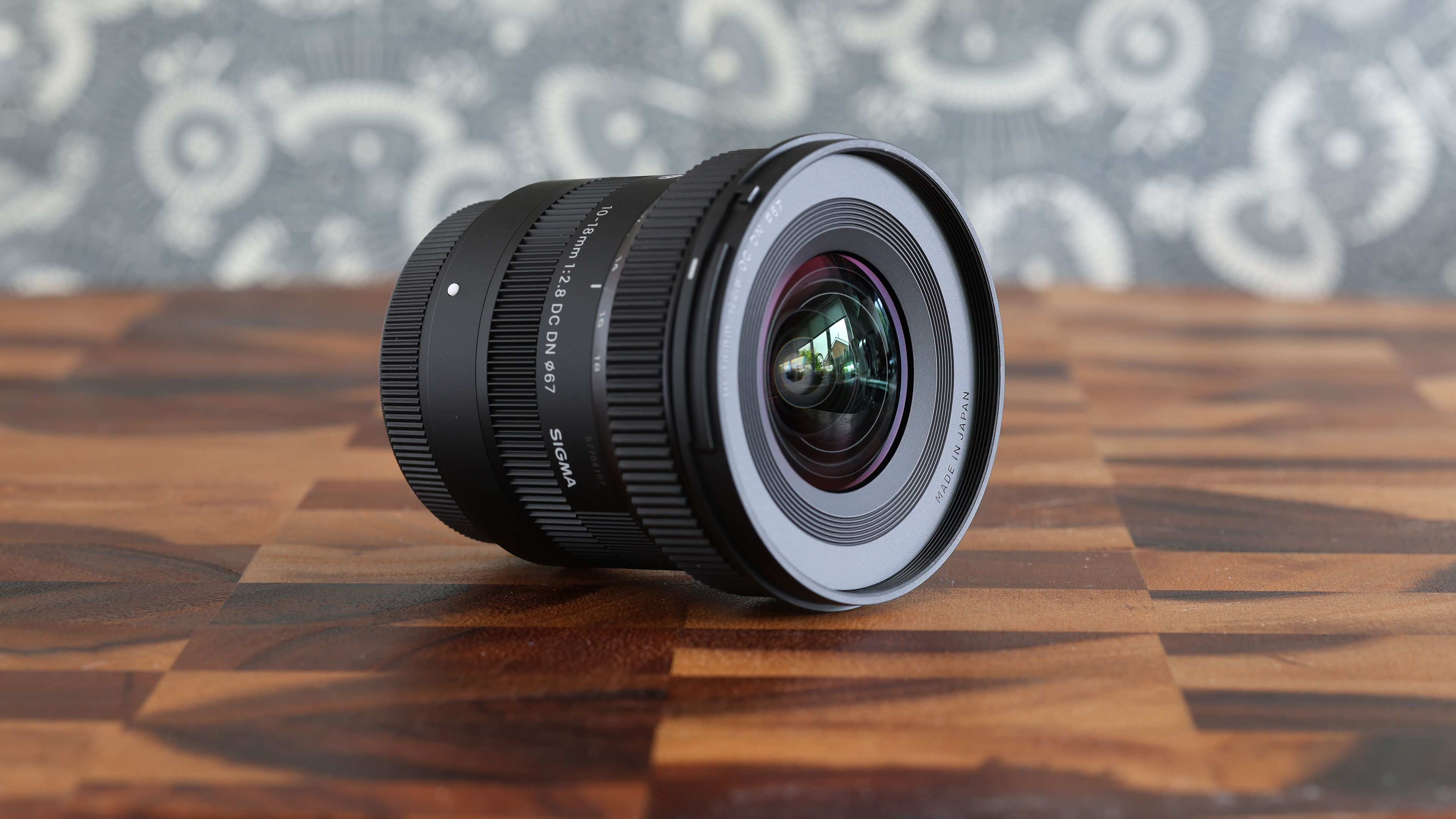
The Sigma 10-18mm F2.8 DC DN | Contemporary is an ultra-wide angle lens for APS-C mirrorless cameras. Launched initially in L-mount and Sony E-mount versions, it’s now available in Fujifilm X-mount, and is a tantalizing proposition for Fujifilm users because it undercuts Fujifilm’s own-brand lenses in both price and size. A Canon RF mount version will go on sale on September 26, 2024.
Fujifilm does make two super-wide-angle lenses of its own – the Fujifilm XF 10-24mm f/4 R OIS WR and the Fujifilm XF 8-16mm f/2.8 R LM WR. The XF 10-24mm has a longer focal range than the Sigma and OIS, but a smaller maximum aperture. It’s also much bigger and more expensive, and has optical limitations that become especially apparent on the latest 40MP Fujifilm cameras. The XF 8-16mm lens goes even wider than the Sigma, but this is one of Fujifilm’s red-badge pro lenses, and it’s both much bigger and much more expensive.
Right now, then, the Sigma 10-18mm F2.8 DC DN | Contemporary looks like a smaller, more affordable and perhaps superior super-wide lens for Fujifilm fans.
Indeed, Sigma claims this is the smallest and lightest ultra-wide-angle zoom lens for APS-C cameras, which makes its constant f/2.8 maximum aperture even more impressive. Sigma also claims its optical performance is maintained across the whole frame, with fine detail rendered perfectly right into the corners.
This is achieved with a sophisticated optical construction of 13 elements in 10 groups, which includes three ultra-low dispersion FLD elements, one super/special low dispersion SLD element, and four aspherical elements.
Sigma is also very open about the fact this lens relies on digital corrections too. This has become standard practice for mirrorless camera zooms, but not all lens makers are equally forthcoming about this. Images shot with the Sigma 10-18mm F2.8 DC DN will be corrected in-camera if you’re shooting JPEGs and will have a correction profile embedded in raw files for use by programs like Capture One and Lightroom.
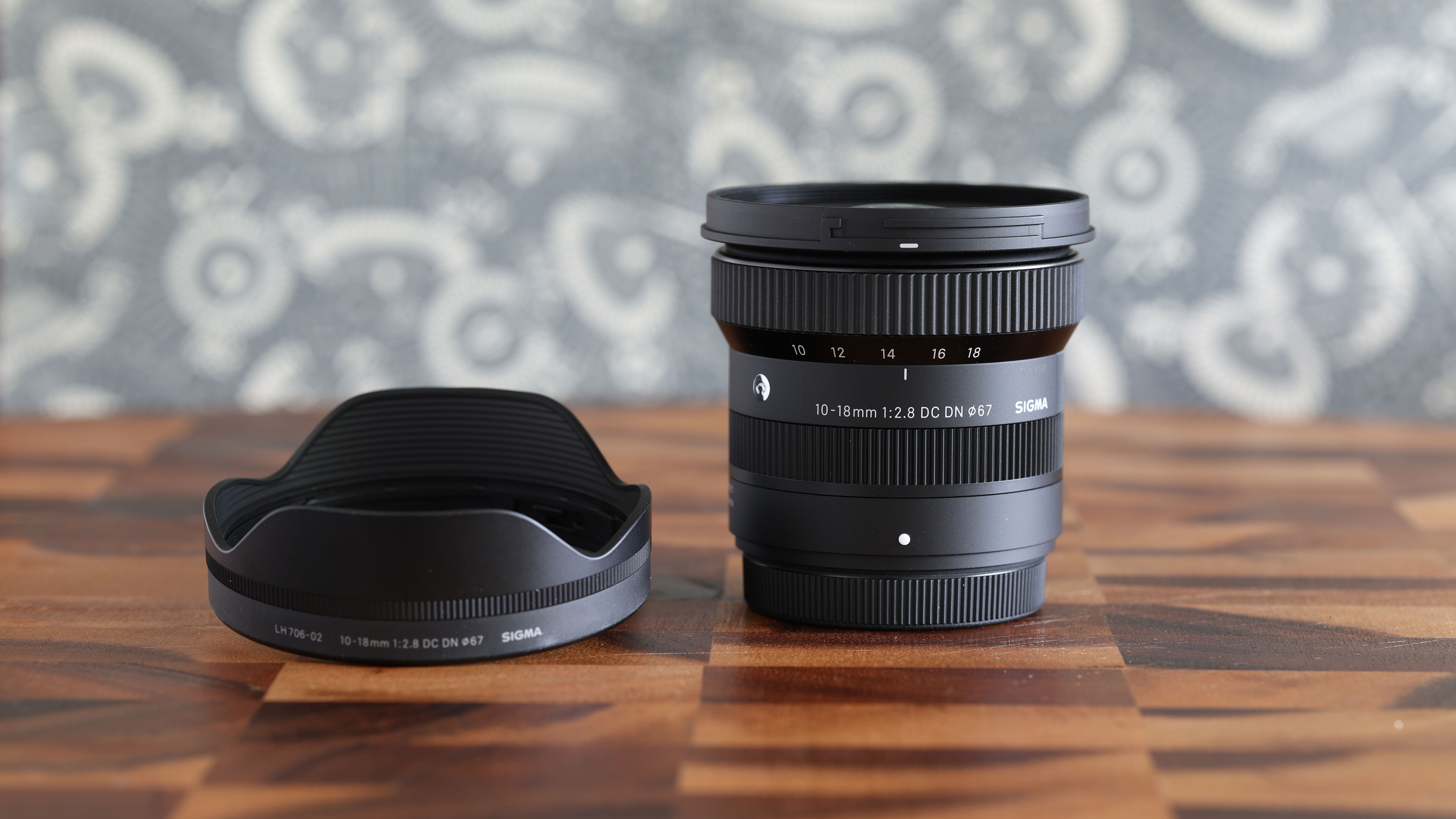
Sigma 10-18mm f/2.8 DC DN: Specifications
Sigma 10-18mm f/2.8 DC DN: Price and availability
The Sigma 10-18mm f/2.8 DC DN | Contemporary for X-mount is available now and costs around $599 / £649. That’s substantially cheaper than the cheapest own-brand Fujifilm alternative which is the XF 10-24mm f/4 R OIS WR. This costs around $999 / £879, which is a lot of money for a somewhat average sort of lens. Fujifilm left a very big gap in its lens range for a more affordable ultra-wide zoom, and Sigma has filled it.
Sigma 10-18mm f/2.8 DC DN: Design and handling
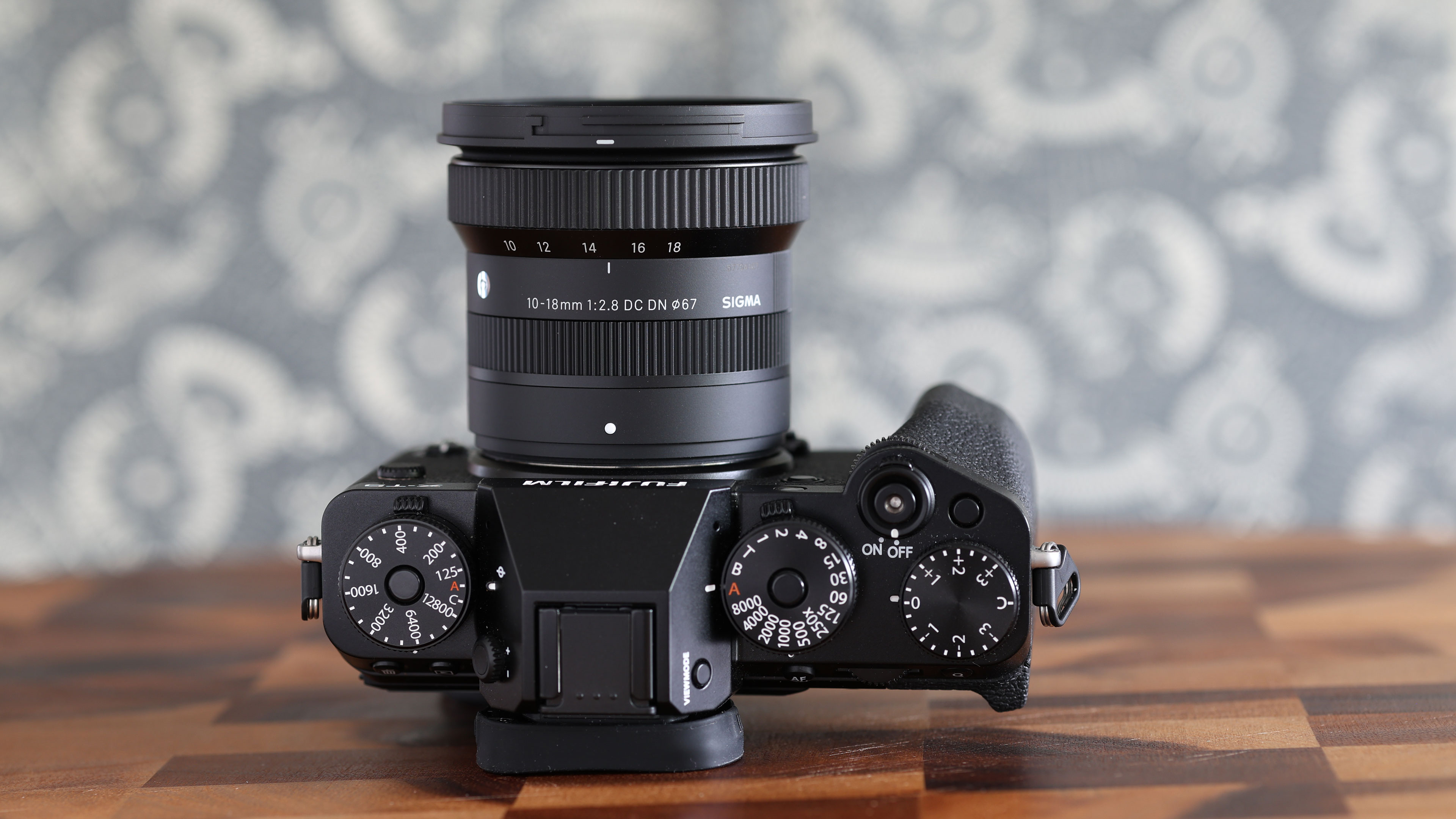
There are some key features of the Sigma 10-18mm f/2.8 DC DN to pick out straight away. The first is its size. It’s very small and light for an APS-C ultra-wide zoom, and yet it also has that constant f/2.8 maximum aperture. It covers a pretty modest zoom range, of course, but that’s still impressive.
It’s not all good, though. There’s no aperture ring on this lens, so the aperture must be controlled from the camera body. That’s not such a downside on X-mount cameras with a conventional mode dial, such as the Fujifilm X-S10 or X-S20, but it will be a disappointment for users of the Fujifilm X-T5, X-T50, or other X-T, X-E, and X-Pro cameras with external exposure controls. Many of the best Fujifilm cameras owe their status to these controls.
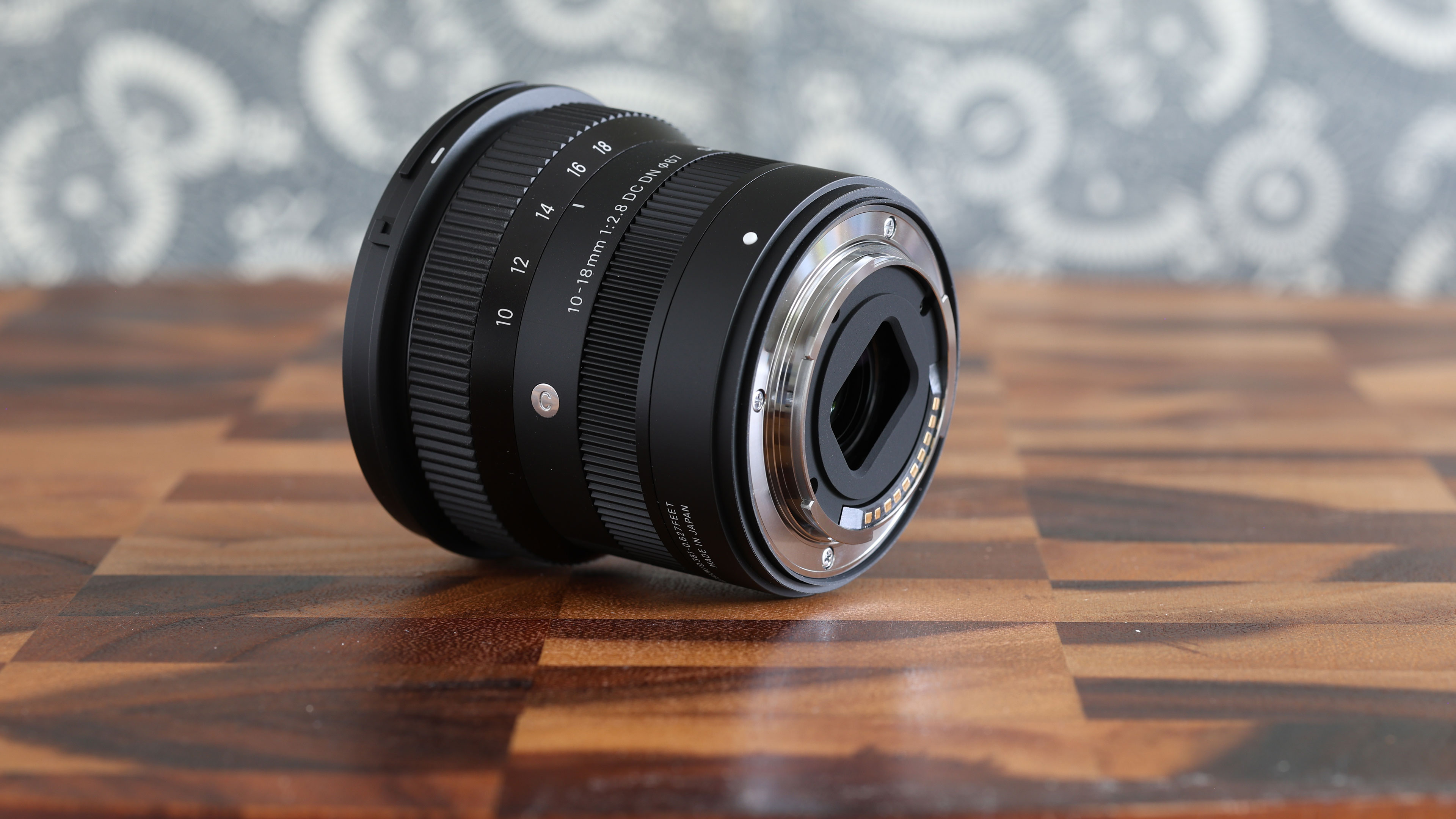
This lens is also not fully weather-sealed. There is a rubber seal behind the lens mounting plate (which is made of brass) to keep out dust and moisture, but that’s it. If you’re going to be shooting in harsh conditions, bear in mind that while many of the best Fujifilm lenses are weather-sealed (look for the ‘WR’ in the name), this one isn’t.
And while the lens internals are made of metal, the exterior is fashioned from TSC (Thermally Stable Composite). Nevertheless, the exterior finish is first-rate. The semi-matt dark gray/black surface looks very smart indeed.
The action of the zoom ring is super-smooth, and the focus ring has a light, smooth feel too, though there’s no focus distance scale and no hard stops to the minimum focus and infinity settings.
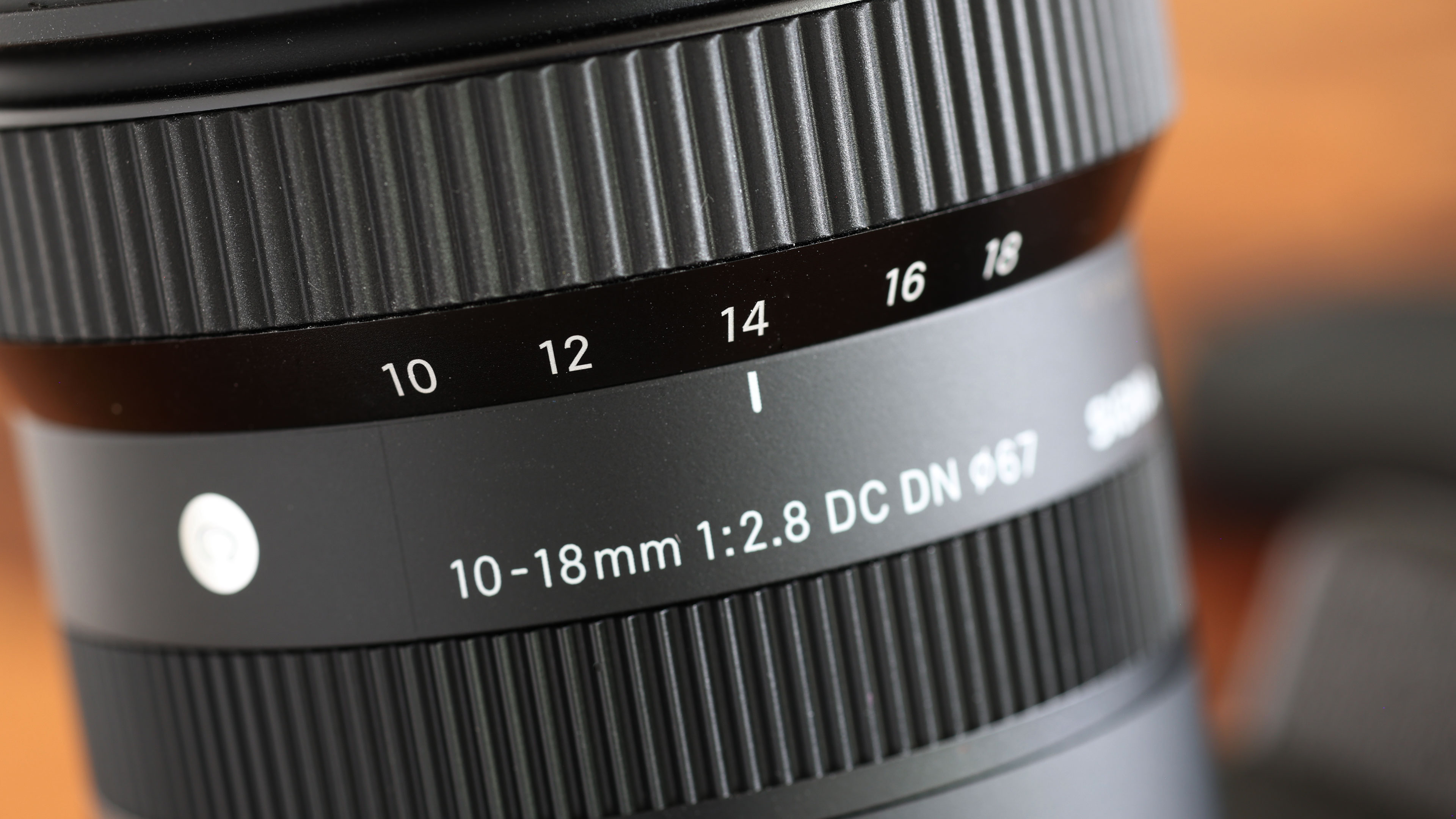
The lens zooms in and out by less than a centimetre, and this combines with an internal focus system that should make the Sigma 10-18mm f/2.8 DC DN ideal for gimbal use. The best camera gimbals will be able to cope with any slight center of gravity shifts with no difficulty.
Given the 10mm angle of view at the wide and and the relatively fast f/2.8 maximum aperture, the front element of this lens is not particularly bulbous. This means you can fit relatively common 67mm filters with no need for fancy wide-angle adapters.
A petal-style hood is included. This attaches to the front of the lens with a strange kind of push-click action and is removed with a slight twist. It’s a bit odd, but you do get used to it.
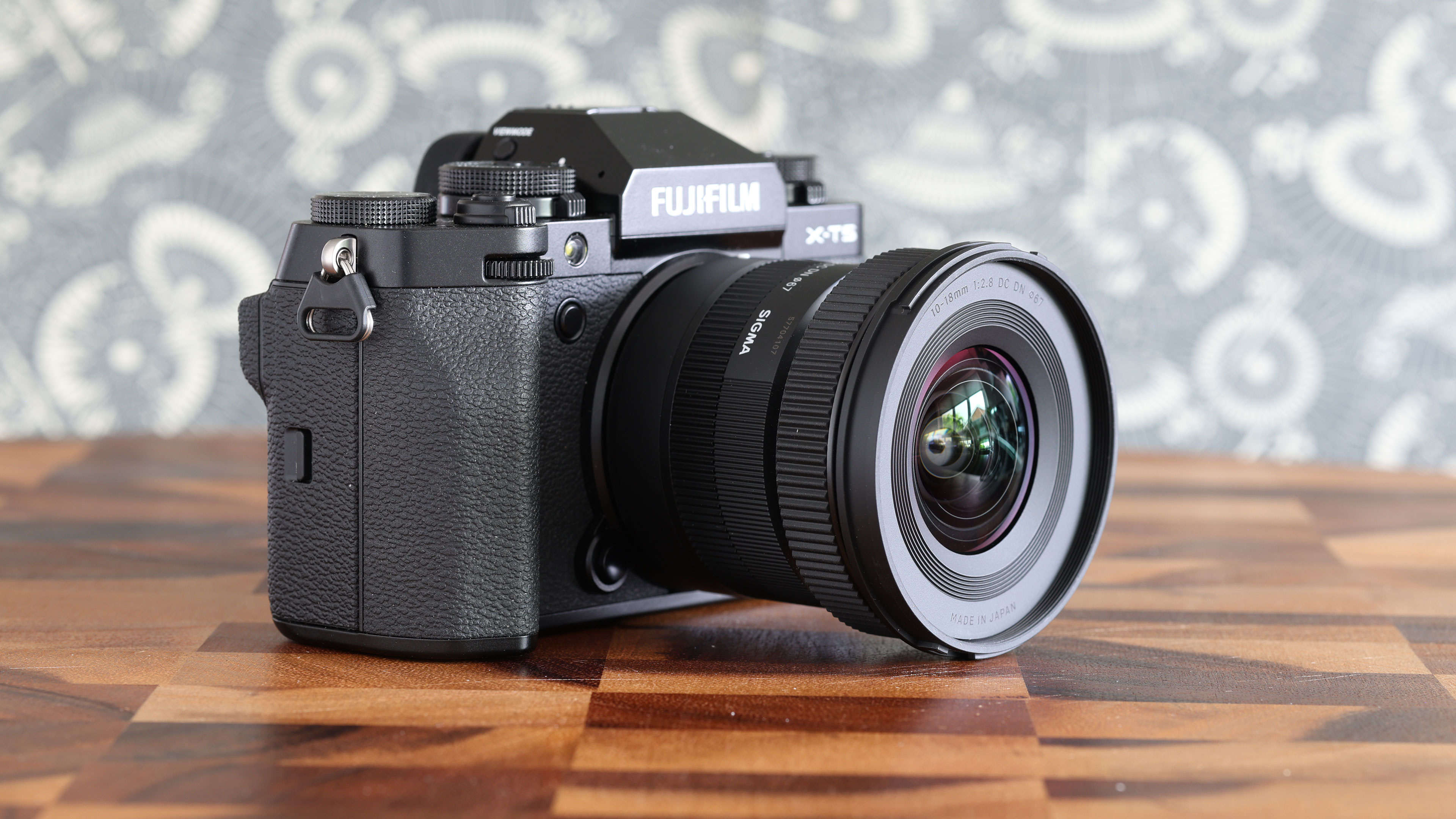
Sigma 10-18mm f/2.8 DC DN: Performance
It’s asking a lot to expect a lens this wide to offer flawless, aberration-free edge to edge sharpness, and despite Sigma’s claim that this lens does exactly that, it doesn’t entirely stack up in practice.
Testing it on a 40MP Fujifilm X-T5 doesn’t really help, since Fujifilm’s latest sensor really highlights any drop-off in lens performance. Keep this in mind if you’re using an earlier 26MP, 24MP or 16MP model, since you won’t notice these issues to the same extent.


Right through the zoom range, the Sigma 10-18mm f/2.8 DC DN is extremely sharp in the center of the frame, and around the mid-way point to the frame edges. At the extreme edges, though, the definition does fall away somewhat. You’ll notice this most at 10mm, though, and by 14mm and 18mm, the edge definition is really very good. This lens certainly outperforms the Fujinon XF 10-24mm f/4 R OIS WR, which is probably what it’s mostly likely to be compared to.
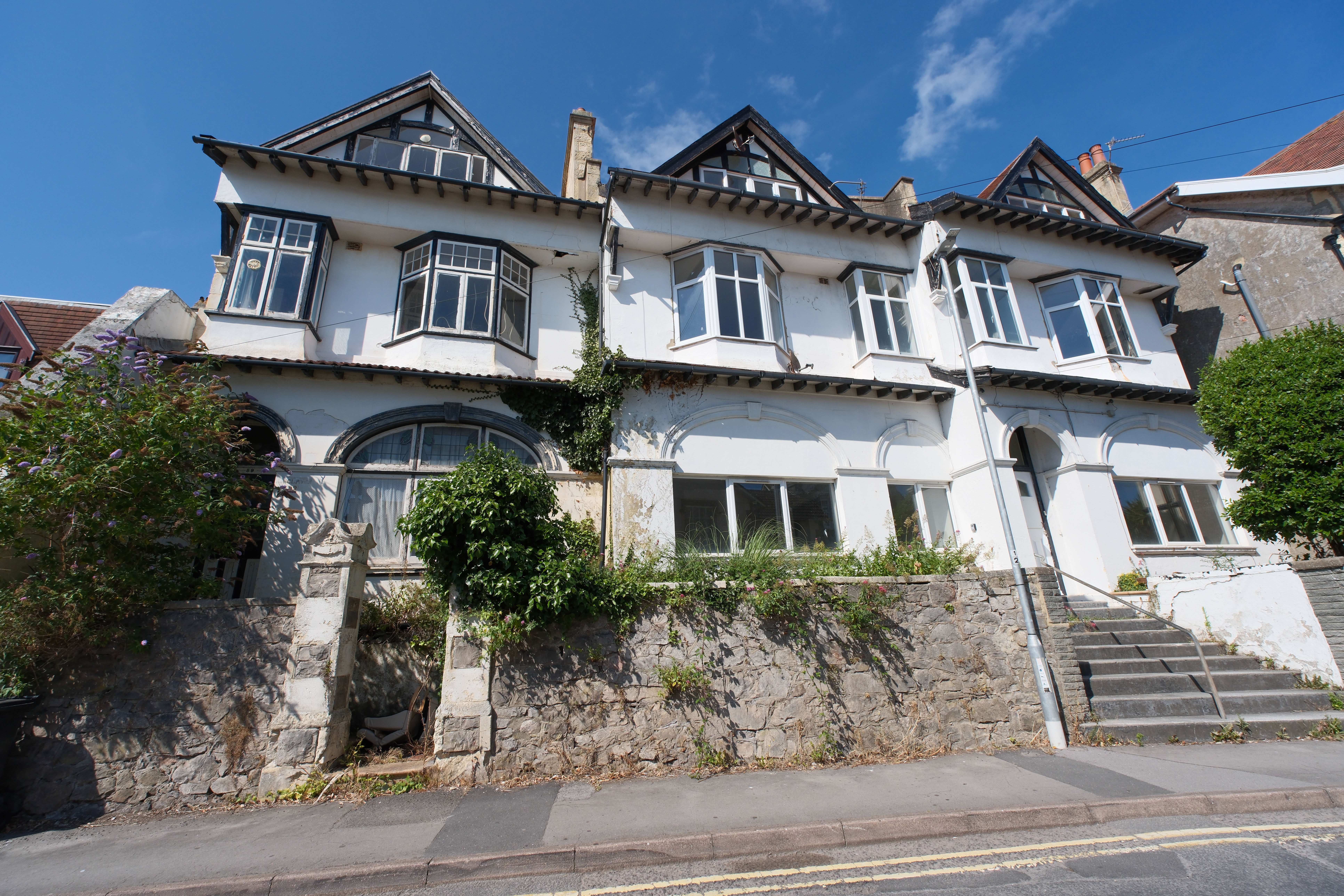

Sigma’s in-built lens profiles do a great job of correcting any distortion or corner shading, though the in-camera correction of purple fringing towards the edges of the frame isn’t that great. This does contribute towards the impression that the corners aren’t that sharp – a lot of the apparent unsharpness is actually chromatic aberration. If you shoot raw you should find that the automatic chromatic aberration correction in both Capture One and Lightroom will fix this with a single click.
The Sigma 10-18mm f/2.8 DC DN does deliver excellent contrast and flare resistance even wide open. You can get really close to foreground objects for dramatic perspective effects and throw backgrounds out of focus at the same time – though there is some visible longitudinal color fringing or ‘bokeh’ fringing with defocused object outlines.
This lens uses a stepping motor AF system rather than the linear actuators in more exotic lenses, but Sigma says the focus group within the lens is light and, in real world use, this lens focuses very quickly. It’s also inaudible. In video it refocuses quickly with subject distance changes and, again, silently.
Sigma 10-18mm f/2.8 DC DN: Sample images
Here’s a selection of images taken with the Sigma 10-18mm f/2.8 DC DN at various focal lengths and shooting distances. The edge to edge performance improves at longer focal lengths, but it’s still pretty good even at 10mm. It does extremely well for a such a small and modestly priced lens.
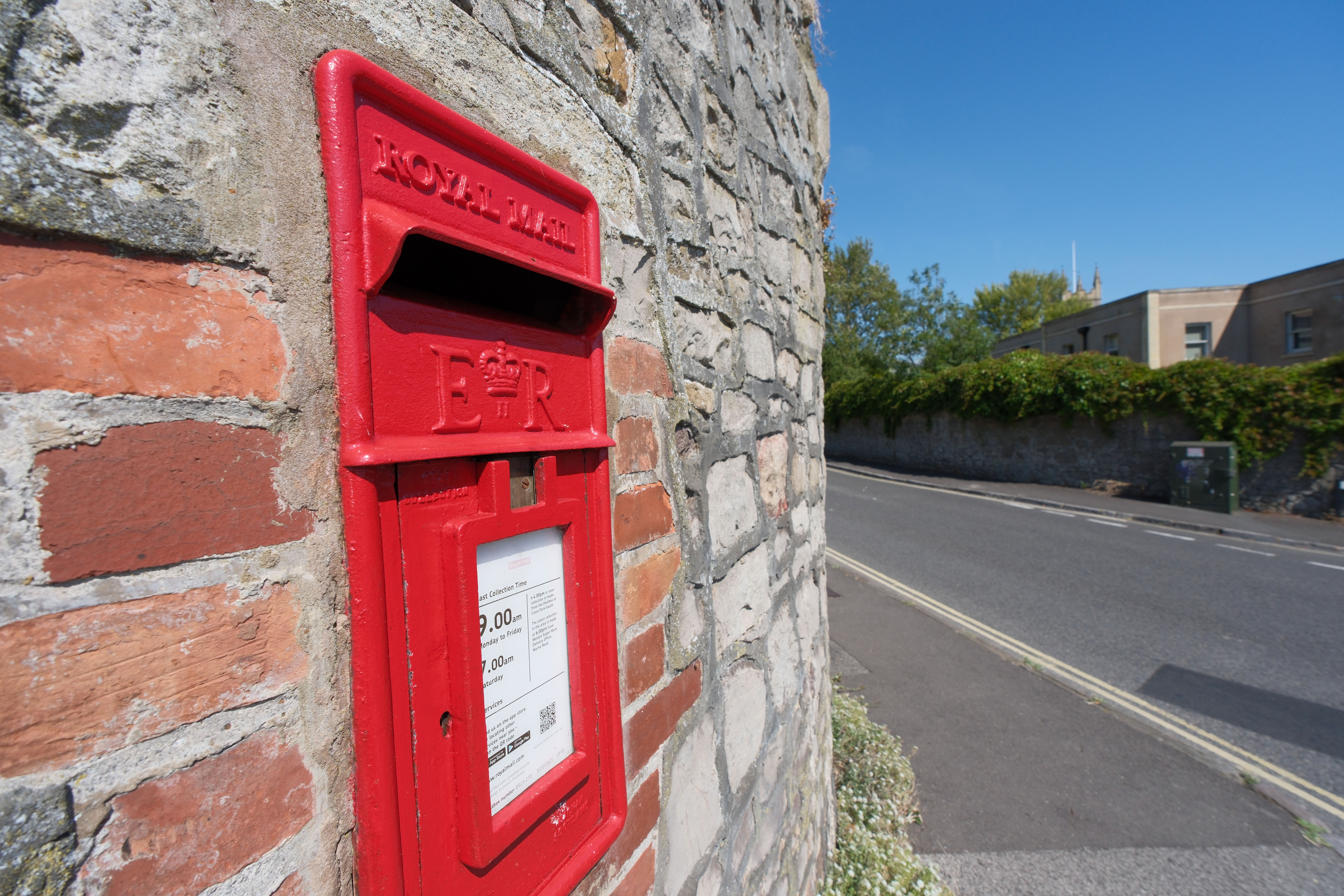






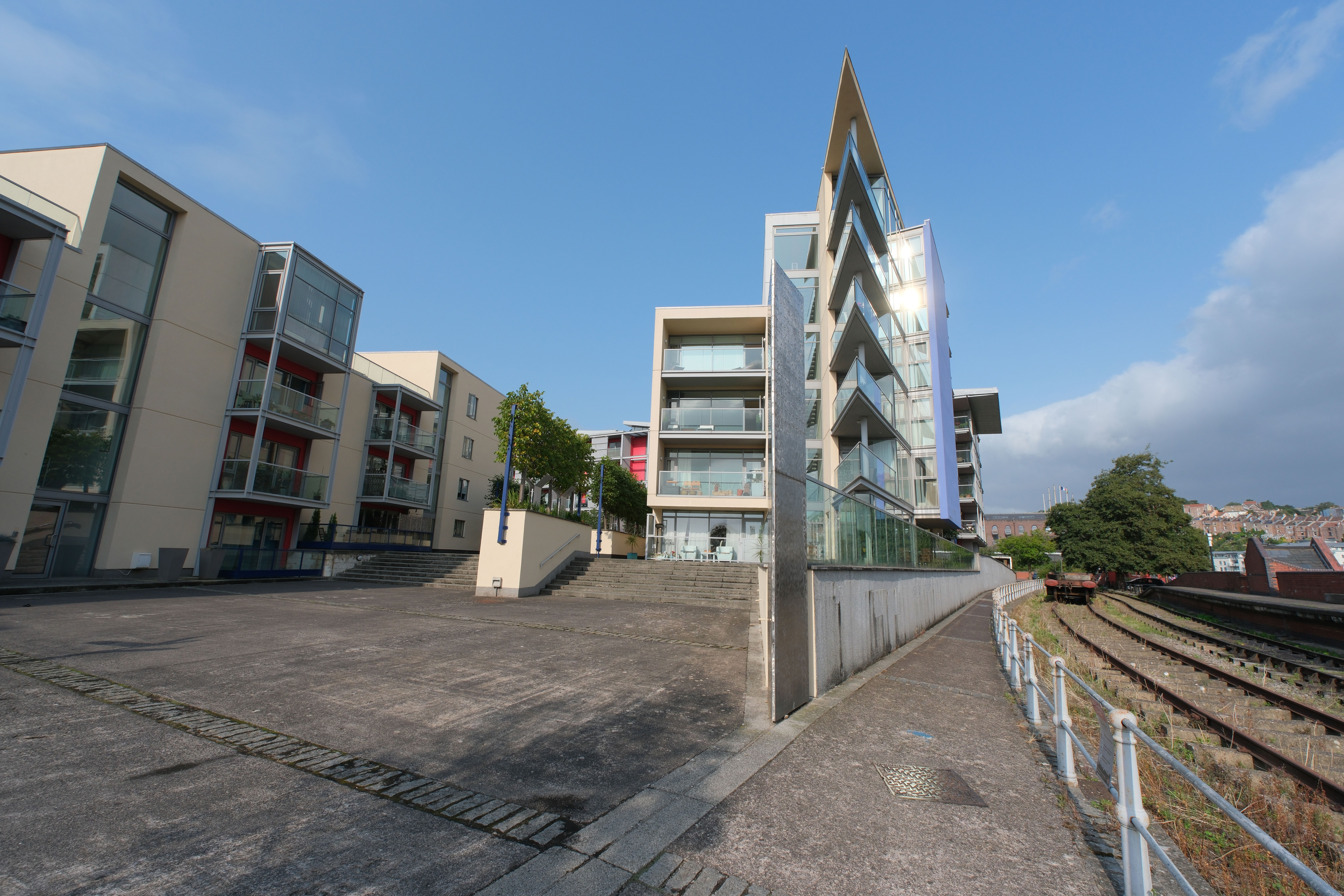
Sigma 10-18mm f/2.8 DC DN: Verdict
The Sigma 10-18mm f/2.8 DC DN is not perfect. The lack of an aperture ring will be a disappointment for many Fujifilm users, and the lack of weather sealing and OIS may disappoint a few more. But I do think the positives easily outweigh the negatives. Compared to Fujifilm’s own ultra-wide zooms, this lens is tiny – some would say that this is the size APS-C lenses are SUPPOSED to be. Given its size, its constant f/2.8 maximum aperture is a considerable achievement. It’s true that this is over a shorter focal range than the Fujinon XF 10-24mm f/4 R OIS WR, for example, but you have to decide if you’re willing to swap the extra zoom range for an extra f-stop in maximum aperture.
Perhaps the single biggest killer feature of this lens, though, is its price. It’s not just smaller than the XF 10-24mm f/4 R OIS WR, it’s also considerably cheaper. And, admittedly over a smaller zoom range, it outperforms the Fujifilm lens optically, too.
Professional users might still look at the massive Fujinon XF 8-16mm f/2.8 R LM WR instead, which goes even wider than this lens, but that represents a huge step up in both size and price. If what you’re looking for is a more compact ultra-wide zoom for travel, architecture, landscapes or interiors, the Sigma 10-18mm f/2.8 DC DN does it brilliantly. Why pay (and carry) more?

Should you buy the Sigma 10-18mm f/2.8 DC DN?
✅ Buy this...
- If you need an ultra-wide X-mount zoom that’s compact and affordable without sacrificing image quality
- If you use a Fujifilm X-S10, X-S20, X-H2/S with a regular mode dial and you’re used to controlling aperture from the camera
- If you need a constant f/2.8 ultra-wide lens and the Fujinon XF 8-16mm f/2.8 R LM WR is just too much
🚫 Don't buy this...
- If you’re a diehard fan of external exposure dials, because you’ll find it hard to accept the lack of an aperture ring
- If you’re looking for all-purpose ‘wide’ walkaround lens, because the 27mm equivalent longest focal length is perhaps not quite long enough
- If you need to keep shooting in rain, snow and freezing conditions, because it’s not fully weather sealed in the same way as Fujifilm’s own WR lenses







